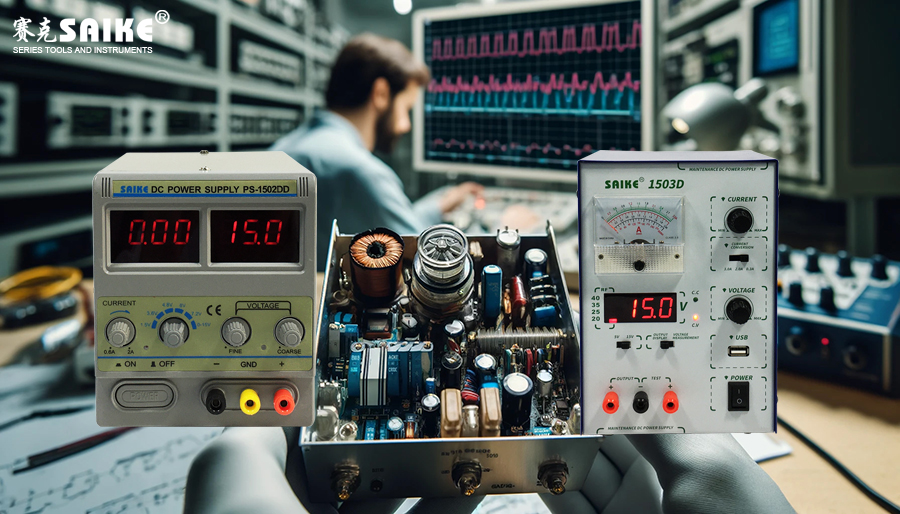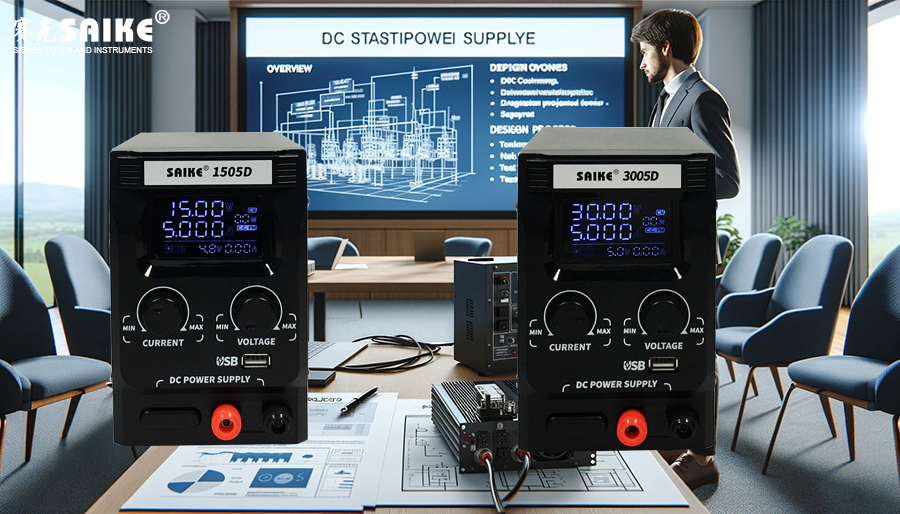
SK-YJ000ZLWYDY-KP 100011
Linear voltage regulators are widely used power supply solutions, especially suitable for applications that require extremely high power supply noise and stability. This type of regulator relies on linear regulation technology to provide a stable DC output voltage. This article will introduce the working principle of linear voltage regulators in detail, including its main components and operation modes.
I. Basic Components of Linear Voltage Regulators
1.Transformer
– The transformer is used to convert the high AC voltage from the power grid into a lower AC voltage to meet the needs of electronic equipment.
2.Rectifier
– The rectifier converts the AC output from the transformer into DC. Common rectification methods include half-wave and full-wave rectification.
3.Filter Circuit
– The filter circuit reduces ripple in the DC voltage after rectification through capacitors and sometimes inductors, making it smoother.
4.Voltage Stabilizing Circuit
– The voltage stabilizing circuit is the core of the linear voltage regulator, usually composed of one or more transistors and a control circuit, responsible for finely adjusting the voltage to ensure stable output.
II. Working Principle of Linear Voltage Regulators
1.Voltage Regulation
– In a linear voltage regulator, the transistor (such as a bipolar transistor or MOSFET) plays the role of a variable resistor, adjusting its resistance value according to the load demand. By changing the conduction state of the transistor, the current passing through can be precisely controlled to maintain a stable output voltage.
2.Feedback and Control
– The control circuit monitors the output voltage and compares it with a preset reference voltage. Any deviation will be detected by the control circuit, and then the conduction degree of the transistor will be adjusted to correct the output voltage to ensure that it remains at the set value.
3.Thermal Management
– Because the transistor consumes a part of the electrical energy and converts it into thermal energy during the regulation process, linear voltage regulators usually require good heat dissipation measures, such as heat sinks or fans.
III. Advantages and Limitations of Linear Voltage Regulators
1.Advantages
– Provide high-quality power supply, with stable output voltage, extremely low ripple and noise, which is very suitable for applications that require extremely high power quality, such as audio equipment and precision measurement equipment.
2.Limitations
– The efficiency is relatively low, especially when the input voltage and output voltage differ greatly, because the excess voltage will be converted into heat energy on the transistor.
– The volume is relatively large, requiring a larger radiator, which is not suitable for applications with strict volume or weight restrictions.
IV. Summary
The principle of linear voltage regulators is based on their ability to provide accurate and stable output, which is very suitable for precision applications that require high power supply noise and stability. Despite the limitations of efficiency and volume, linear voltage regulators are still the preferred power supply solution in many key areas. Understanding these working principles helps make more appropriate technical choices when designing and implementing electronic systems.


